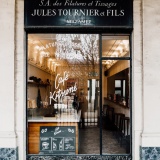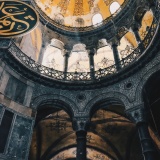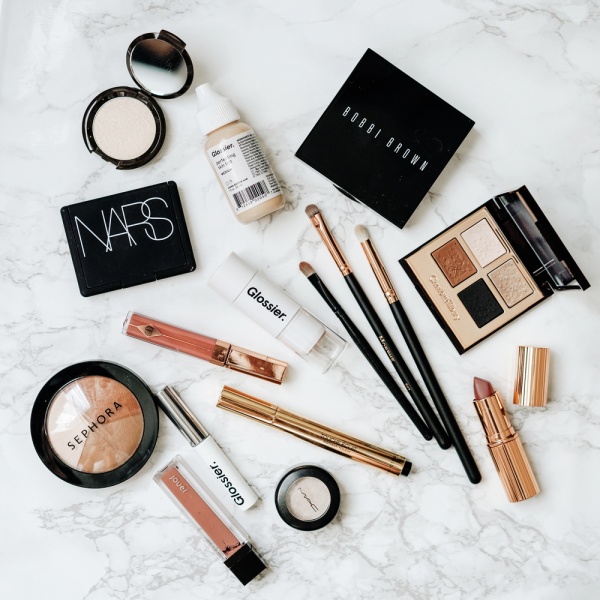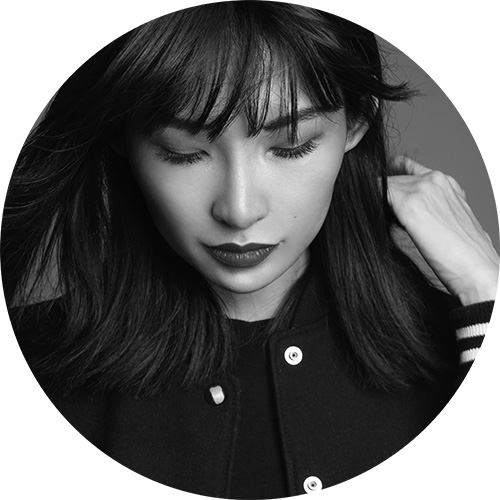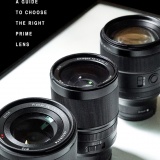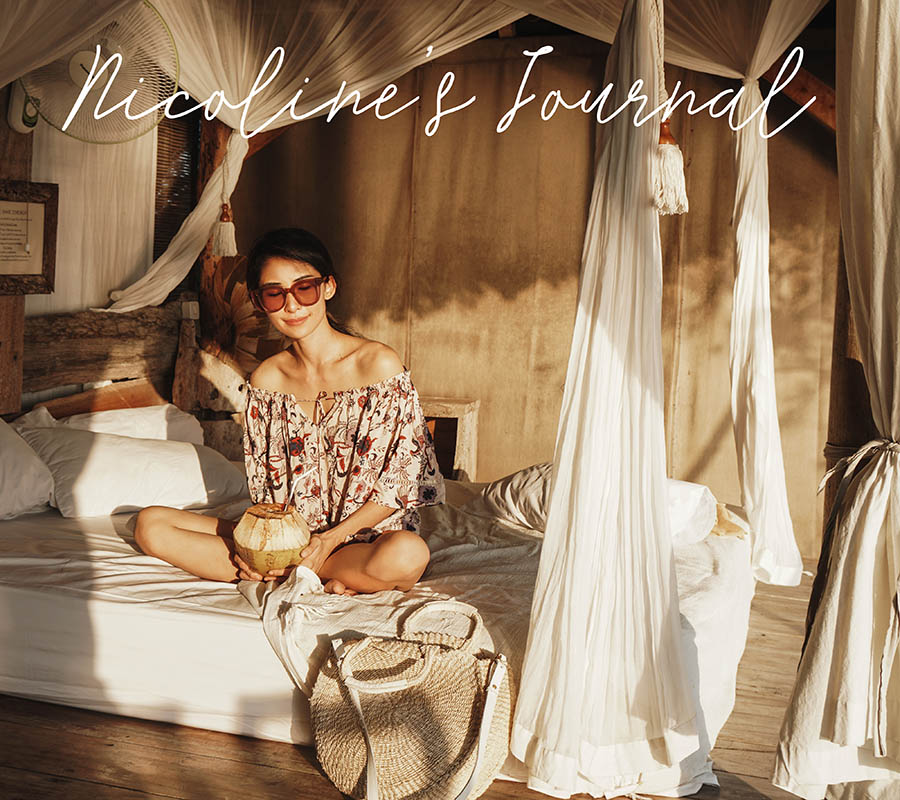Ok, before I start; this is not a zoom vs prime battle. I use both, I love both, but on this journal today, we’re gonna focus on the latter one to help you choose which focal length you should get for your next investment.
What is a prime lens? It’s a lens that doesn’t zoom. Duh. A prime lens only has one fixed focal length; hence sometimes we refer them as “fixed lenses”. So unless you move, you can’t change the distance between you and your subject in the frame. The only way to make your subject bigger is to get closer to it, and conversely the only way to fit more into the frame is by stepping back. You might think that it is not as convenient as zoom lenses, but there are countless benefits over these lenses and also many reasons why a lot of photographers swear only by their primes.
Zoom lenses are incredibly convenient and nowadays they come in better optic quality. They cover a wide range of focal lengths in a single package, and you don’t have to waste time constantly changing lenses to compose your frame. However, this strength also becomes their weakness as some standard or super zoom lenses are either: 1. big and heavy, not to mention very expensive, or 2. the lighter and cheaper ones sometimes would sacrifice performance and optical quality.
Since prime lenses are optimized to a specific focal length or purpose, the optical performance is generally much better while still maintaining a fairly compact size. Generally, prime lenses, are smaller, lighter and more compact than zoom lenses and tend to be faster, offering wide apertures of f/1.8 or even f/1.2. Whereas most professional zoom lenses have maximum aperture of f/2.8. The large apertures benefit the photographer in so many ways: First, you can use fast shutter speeds with large apertures to freeze motion. This becomes important when you’re shooting handheld in low light. Also the large aperture gives narrow depth of field, which produces beautiful bokeh in the background or foreground.
Now let’s start with which focal length you want to use for your photography. Naturally, every photographer’s needs and style are different from one another, hence the preferred gears would also vary. Different focal lengths are better suited to certain subjects or styles; this is why you will see lenses like the 85mm labelled as a “portrait” lens, or the 35mm as a “street” lens. On this journal I would highlight both of them plus everyone’s favorite, the 50mm.
Disclaimer: All the focal length discussed here are used with Full Frame Sensor camera system. Keep in mind that sensor size will affect the effective angle of view captured. A 35mm lens mounted on an APSC camera with a 1.5x crop factor, for example, will have an equivalent focal length of 52.5mm. A 50mm lens will have an equivalent focal length of 75mm. While the 85mm on APSC camera will be equivalent to 127.5mm
35mm: The Best Street Prime
35 is a favorite amongst Photojournalists and Street Photographer because this it the right focal length for wide environment shots. It’s wide enough to be used in either narrow streets or for landscapes, but not so wide that you start to get weird distortion that bends your straight edges. This is also the perfect length to create street portraits because you can include plenty of the surroundings scene in the frame. A wider composition will instantly create a more dramatic scene in your photo. For an easier comparison, 35mm is the focal length on most smartphones.
I wouldn’t recommend 35mm as the first choice for beauty photographers because even though the distortion is tamer compared to the wider lenses, there’s still indeed some visible distortion that won’t be flattering for your subject’s face or body. For street, architecture and travel photographers though, this is definitely the first choice.
See more images and read more about the 35mm lens here.
50mm: The Most Versatile Prime
In a full frame sensor system, the 50mm lens most accurately approximates the human eye’s field of vision (On a crop sensor (APS-C), it is the 35mm prime that best approximates the same view). This is one of the reasons that a 50mm is one of the most popular choices for a first prime lens. There’s hardly any distortion, and usually 50mm comes in pretty large apertures (1.8, 1.4 even 1.2); so it’s great for isolating the background, or in low light conditions. 50mm also comes in relatively affordable price.
Personally speaking, I think this is the best prime to get your first start on fixed focal length photography. The usage is the most versatile: street, fashion, beauty, even interiors! 50mm is every photographer’s stable in their bag because it produces the most natural images. If you gonna choose one fixed lens, it’s this one.
85mm: The Best Portrait Prime
I swear that all my portrait and fashion work come out the best when they are shot with a 85mm. Do you want to know why it is claimed to be the best portrait lens? First, it flatters many shape of face. Wider focal length tend to “flatten” the face or gives unwanted distortion which sometimes makes the face (especially nose) seem wider. 85mm also comes in large apertures so it will isolate your portrait with the most incredible, melting bokeh.
On travel photography, I love how the 85mm makes the distance of the spaces tighter. It pulls the background in for a nice compact feel to the images. I also love how I can shoot far places that’s unreachable by the narrower lenses, for instance like this image I shot from a high viewpoint in Rosengarten, Bern.
See more images and read more about the 85mm lens here.
I hope this guide can help you in deciding your next prime lens purchase! Also check my guide of choosing the best travel lens.
23


















